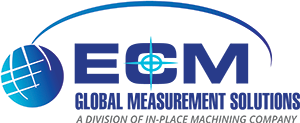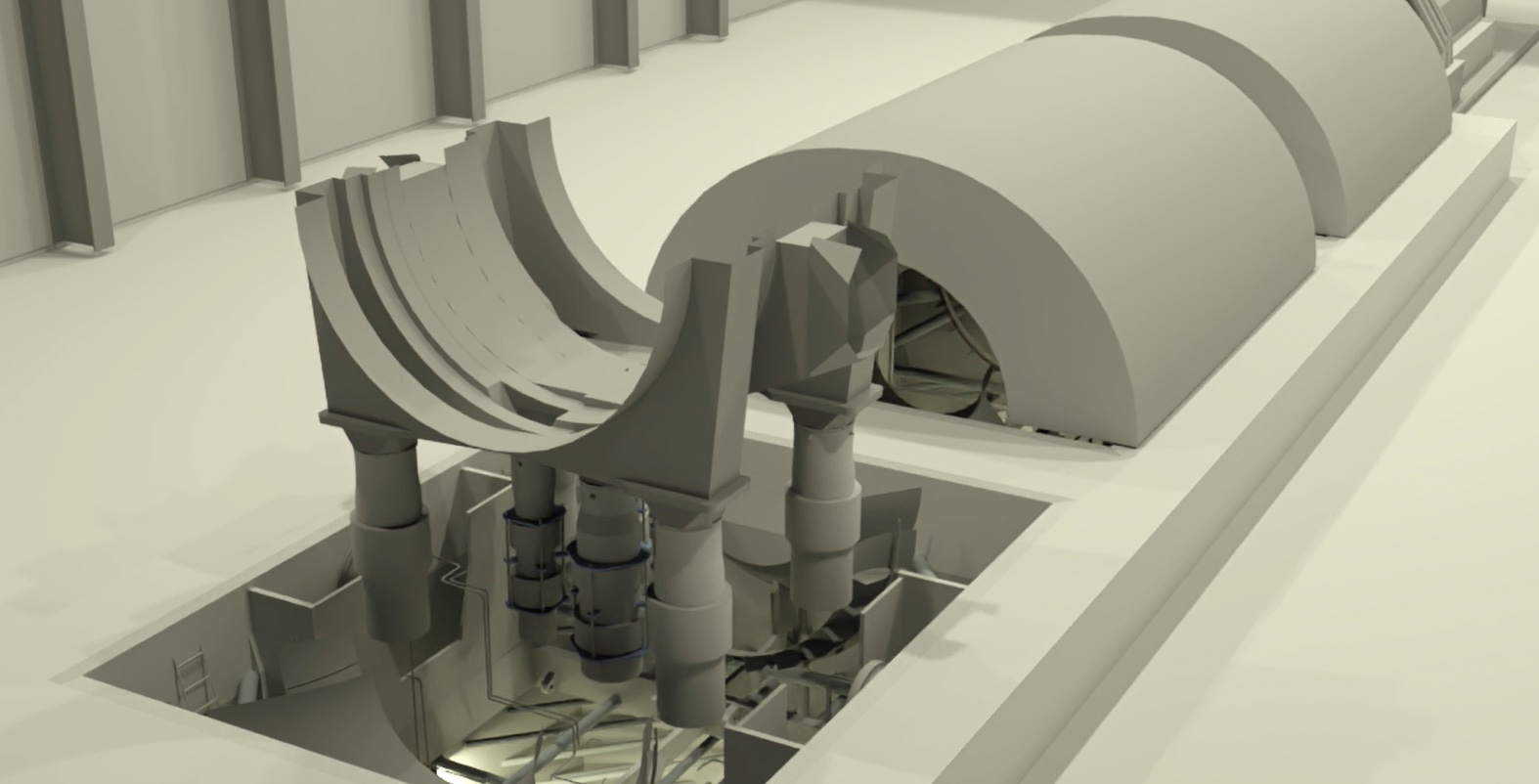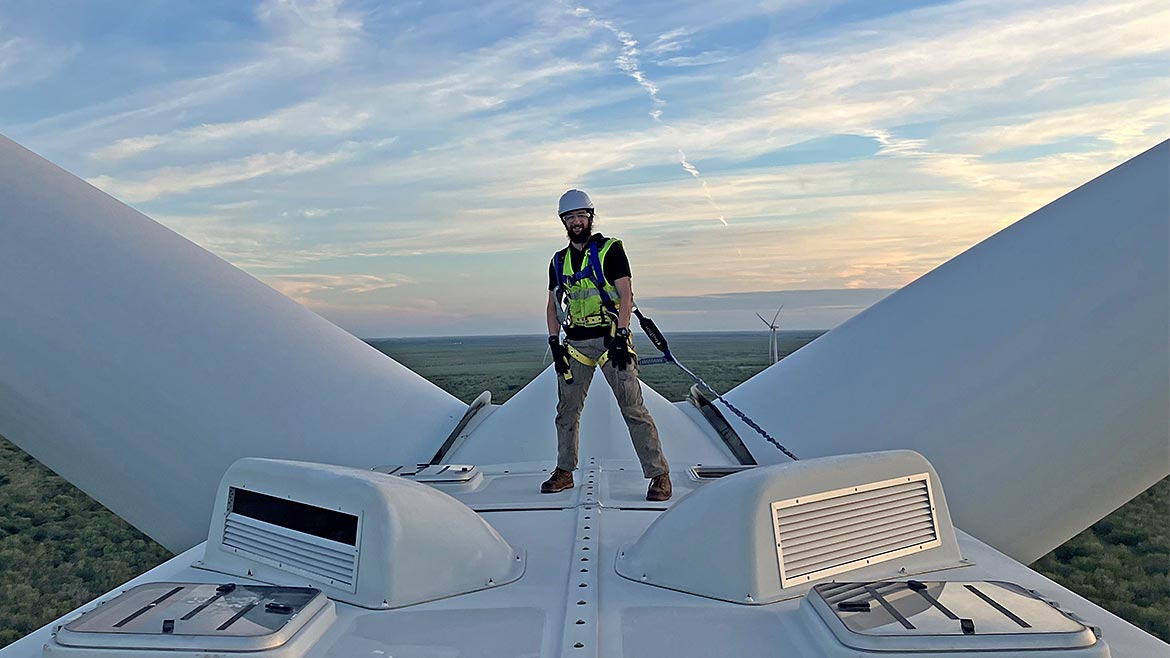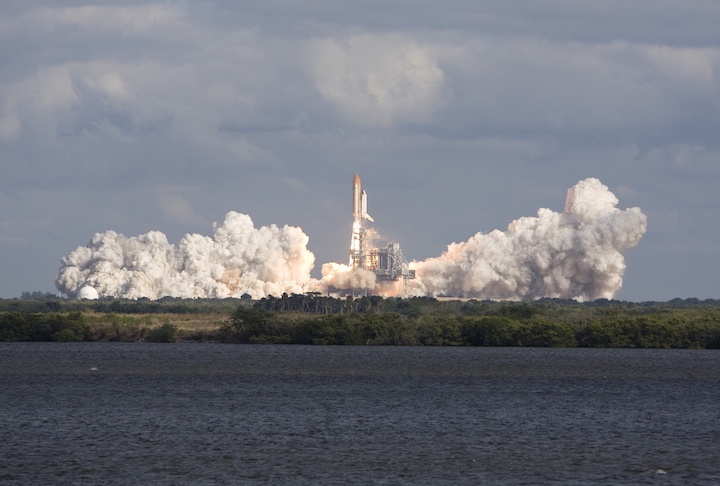Students get humor, fun, and lessons on metrology day
ROCHESTER — What’s the difference between accuracy and precision? Turns out, quite a bit — and knowing the difference is critical in high-tech manufacturing of equipment and infrastructure like modern jet engines and city bridges. “Everywhere I go, I’m looking at how things are made,” states Gary Confalone, CEO of East Coast Metrology, showing off a photograph of a steaming cup of coffee. “What you see is a basic coffee cup. What I see is a blueprint,” he continued, presenting a computer-generated image of the same coffee cup denoting angles, lengths, widths and the like of all planes.
Students from Spaulding High School’s R.W. Creteau Technology Center and Great Bay Community College’s Advanced Technology & Academic Center learned the answer to the question above (stay tuned if you’re still guessing) recently during an interactive learning event at ATAC.
Introduction to Metrology and Metrology’s Contribution to Manufacturing and Production was hosted by William Hinton of NCSL International (National Conference of Standards Laboratories International) and partners ECM (East Coast Metrology), Fowler High Precision, Trimos of Switzerland and Turbocam International. The goal is to raise awareness of measurement in high-tech manufacturing careers and to educate students about their importance – not to mention the “cool factor.”
So, what is metrology? The International Bureau of Weights and Measures describes it as “the science of measurement, embracing both experimental and theoretical determinations at any level of uncertainty in any field of science and technology.”
In practical terms, one could put it this way (and Gary Confalone of ECM did exactly that, using photos from a crash scene): See this truck? See this overpass? This is a good example of bad metrology.
By design, the students were engaged in every lesson, from measuring how much electricity is output from several types of fruits and vegetables configured as cells using simple wires, to the force exerted by one student’s arm and chest muscles, to interactive displays of cutting-edge technology like the Faro arm, a measuring device reminiscent of something George Jetson might have in his closet that scans an object with a laser and measures the distance the light travels at each point, plotting the coordinates on three planes to form a 3-D image/reproduction of the object.
Students also interacted with principals of regional advanced manufacturing companies, who showcased state-of-the-art metrology equipment and talked about career opportunities in the field for candidates with the right skills.
Article published on Fosters.com
